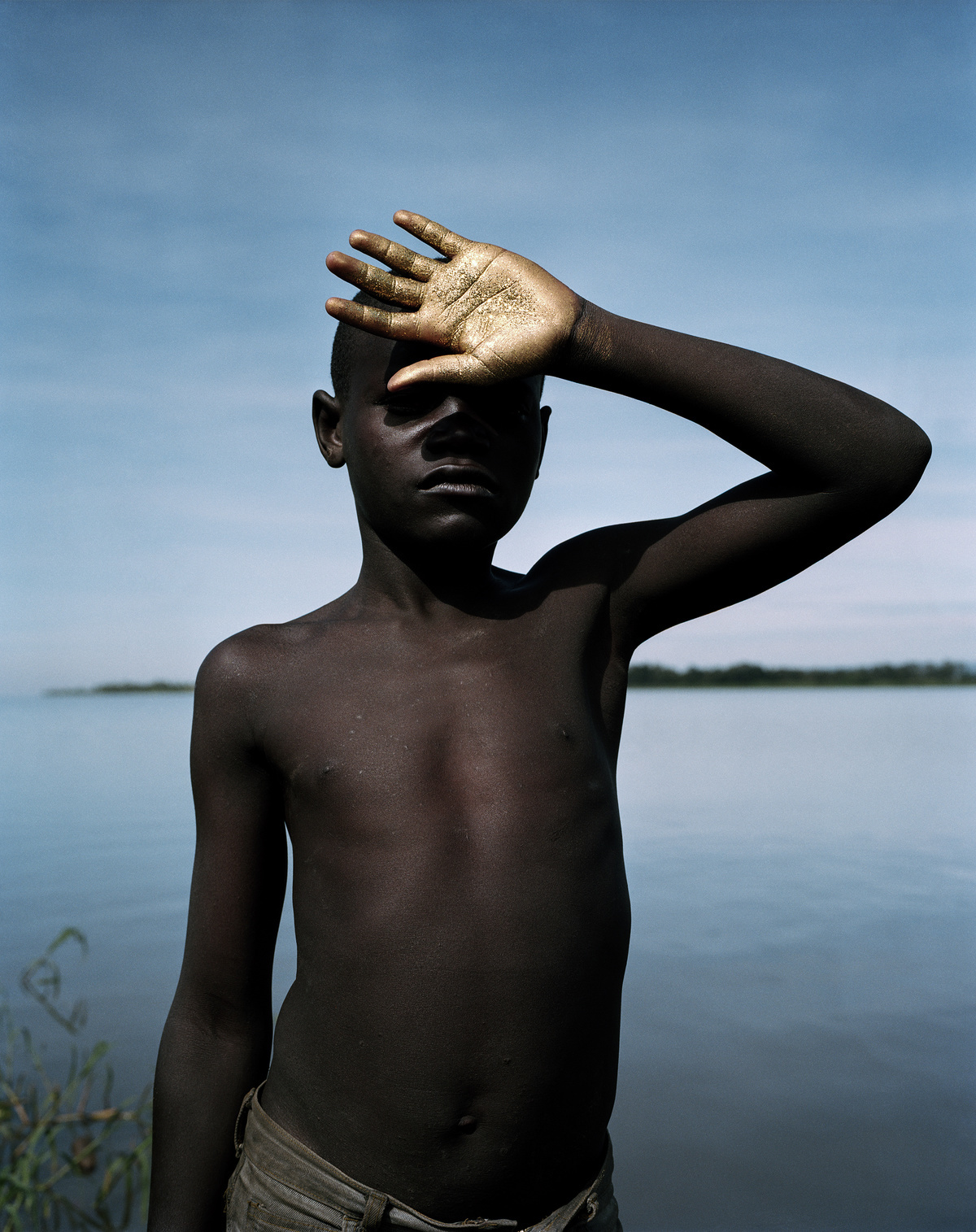Often blurring the distinction between advertising, fashion and fine art as well as documentary photography, Sassen’s images are both seductive and unsettling – causing a mini conflict for her viewers. Drawn to images that confuse even herself, Sassen’s work has appeared in French Vogue, Purple Diary and Pop and she has shot campaigns for Acne Studios and Missoni. We caught up with her at her studio in Amsterdam after the opening of her exhibition UMBRA, which runs until June 1st at the Netherlands Fotomuseum in Rotterdam.
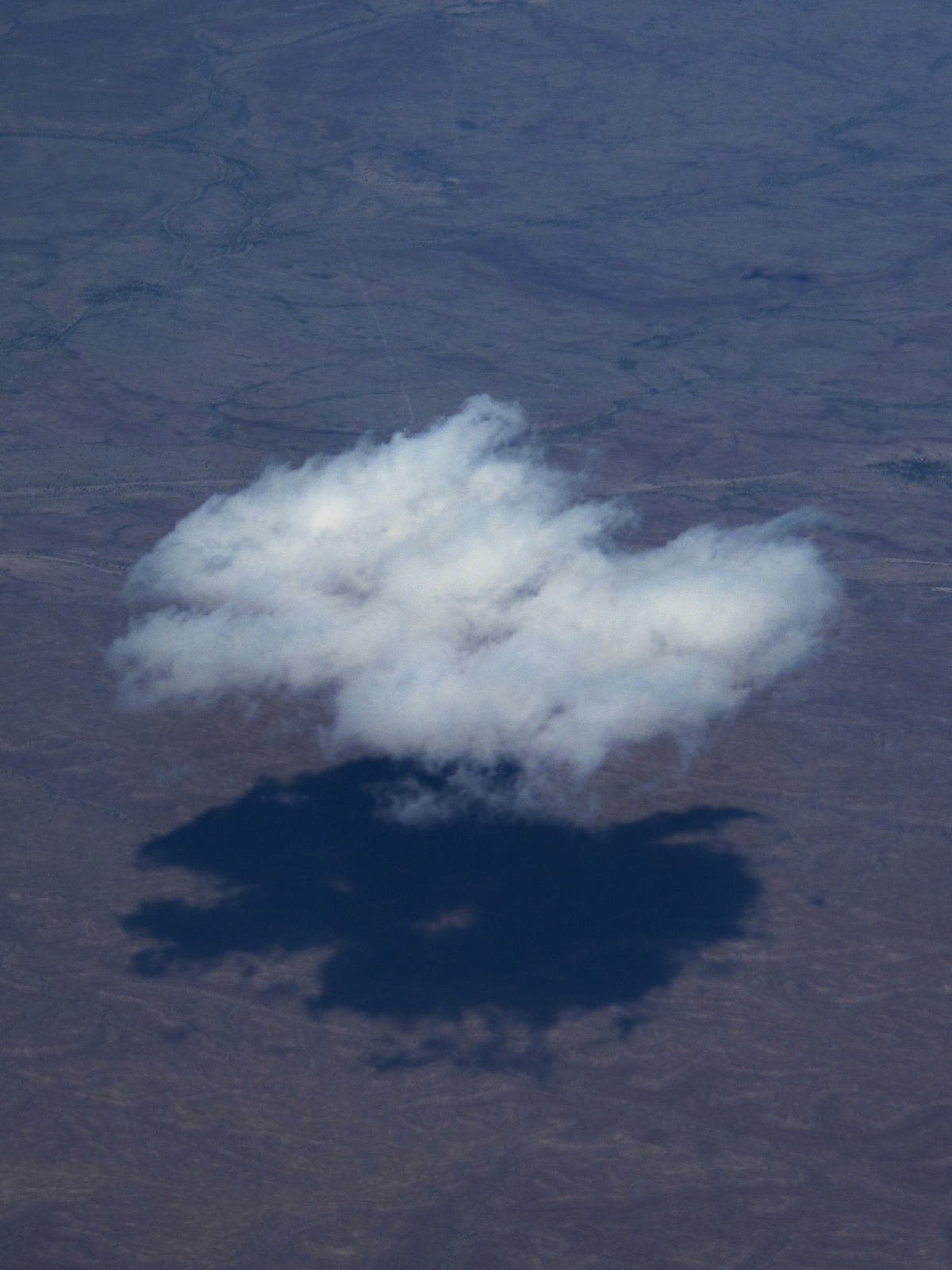
Last month you unveiled UMBRA, an exhibition showing archive images alongside video projections, audio and an entirely new body of work, how did the idea for this project and collaboration come about?
The museum contacted me with the opportunity to do an exhibition: where I had absolute freedom to shoot whatever I wanted. The shadow has always played a major role in my work. So I thought it would be interesting to examine that further; but at some point in that journey I got stuck because I suddenly saw shadows everywhere! It all became very formal and almost too simple. I realised that – in order to give this project some sort of gravity – I would have to investigate my own personal shadows. I decided to bring my husband and my son along with me to the Namibian desert and that’s where I shot the very abstract piece of the exhibition using mirrors…
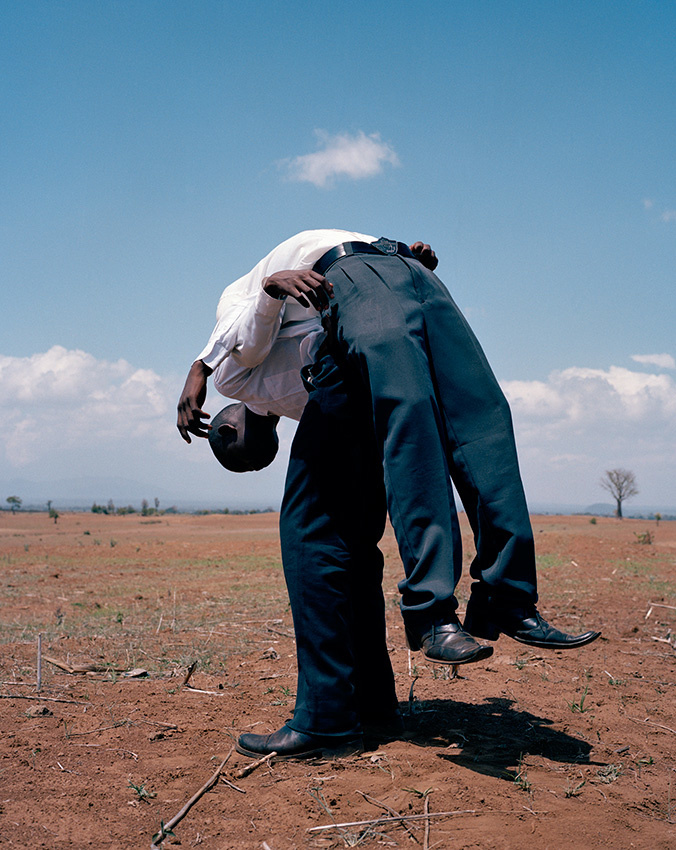
That piece was beautiful yet quite unsettling at the same time – which is very characteristic of your work. Did you have a specific intention with how those photos were to be viewed?
There is always something slightly ‘off’ in my work because a beautiful picture just isn’t enough for me and that’s why I have a love/hate relationship with fashion. Something has to trigger me on an emotional level rather than a beautiful girl with a bag. I always like when people can come to their own conclusions when it comes to my work – I have my vision but the viewer’s interpretation of that is just as valid and important.
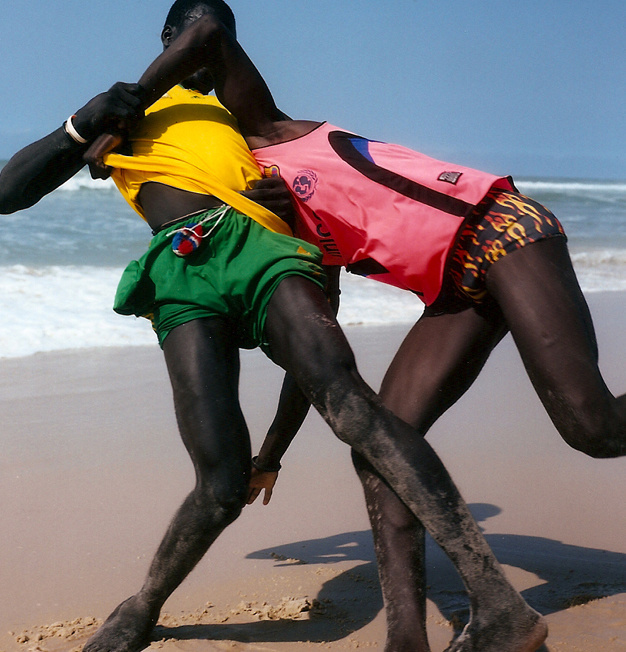
How did you begin investigating your own shadow?
I started writing. I worked alongside a writer called Maria Barnas and I asked her to write poems about shadows for the exhibition. She wrote eleven poems and I wrote her my shadows: from my past, fantasies, shame, sex, fear, longing – everything that I somehow connected with the shadow. All these very human aspects really helped me to develop the exhibition further. There were various angles in which I interpreted the shadow both visually and psychologically. The exhibition starts off quite dark but I also wanted to show that the shadow isn’t only about the hidden and the darkness, so at the very end of the exhibition I put a light instillation with the RGB colours and when you stand in front of it your shadow is in colour instead of black. I wanted to show that you can find colour and light in your shadow.
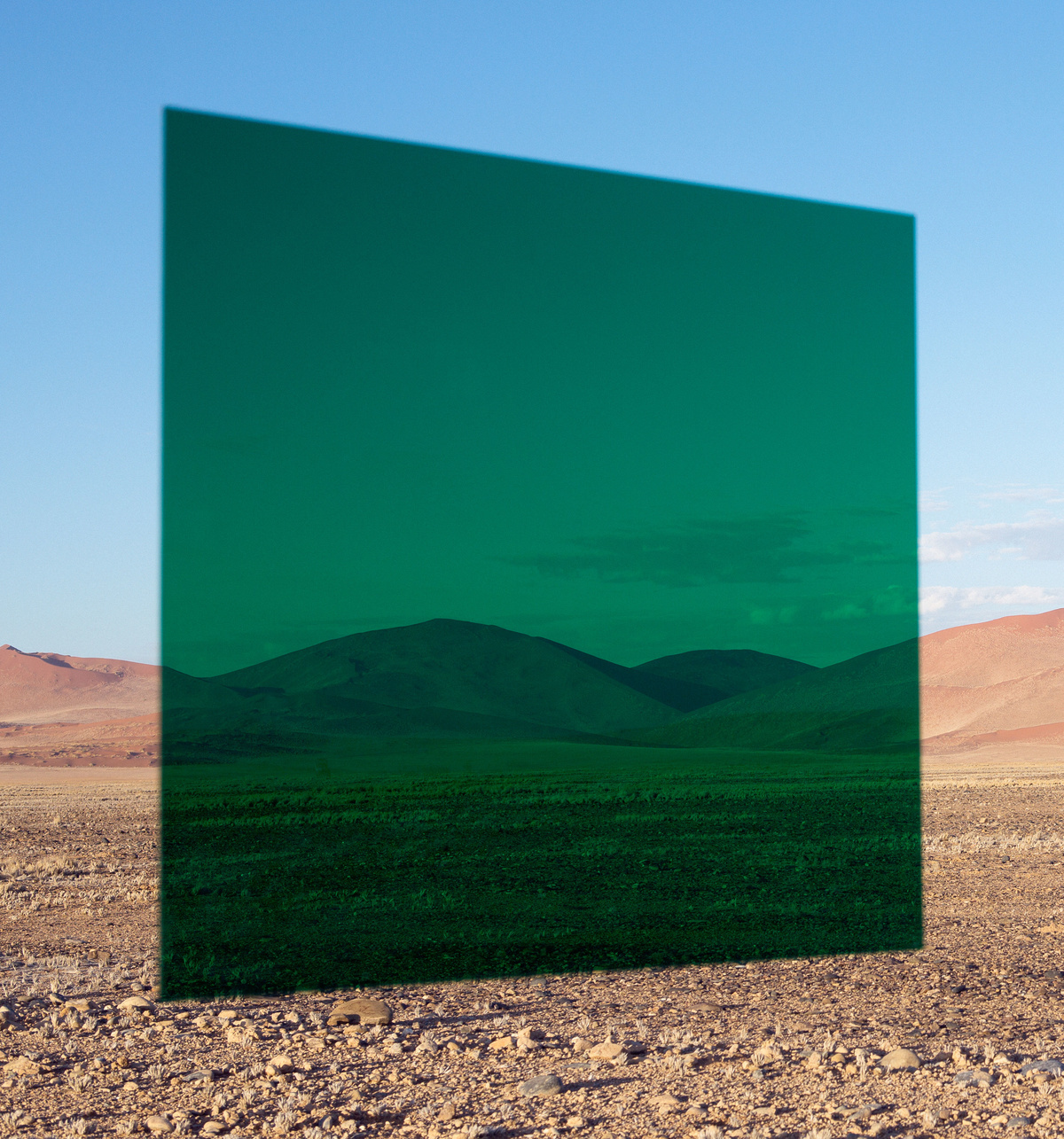
With parts of this exhibition you went back in order to go forward. Do you often look at past work for inspiration?
Not always but I felt for this exhibition it was important to. I included about 8 or 10 images that I took when I was still in art school in 1997. Back then when I was so young and inexperienced, there were still so many things that I had to explore – both externally and internally – so I thought that should have a place within this exhibition about the shadow. That part of the exhibition serves as a shadow of my past. Now I am a mother, I am married and have been with the same man for 13 years – it’s just a totally different stage in my life.

Your photographs are unmistakably your own, I often instantly know if an image was shot by you. How did you develop your personal visual language?
It’s funny that you say that. That’s a very difficult question to answer because I don’t have the recipe! I just took a very long time to experiment. When I was a student some people said that they could recognise my style, but I couldn’t myself; it wasn’t something I was conscious of. I was always very jealous of artists who had created their own style or their own ‘topic’ that they focused on, like Nan Goldin or Araki. I then realised it had to be something which was personal; because you cannot just create something which has no connection with yourself, you know? But that realisation came much later.

Is that when you went back to Africa?
Yes, I was already working in fashion but I was also exploring my own personal work. I then met my husband who was born in Zambia and lived in Tanzania and we realised we had this mutual interest in Africa, specifically East Africa and we started travelling there together. That’s when I felt I could do something which was very personal and I had something in my hands which was my own.
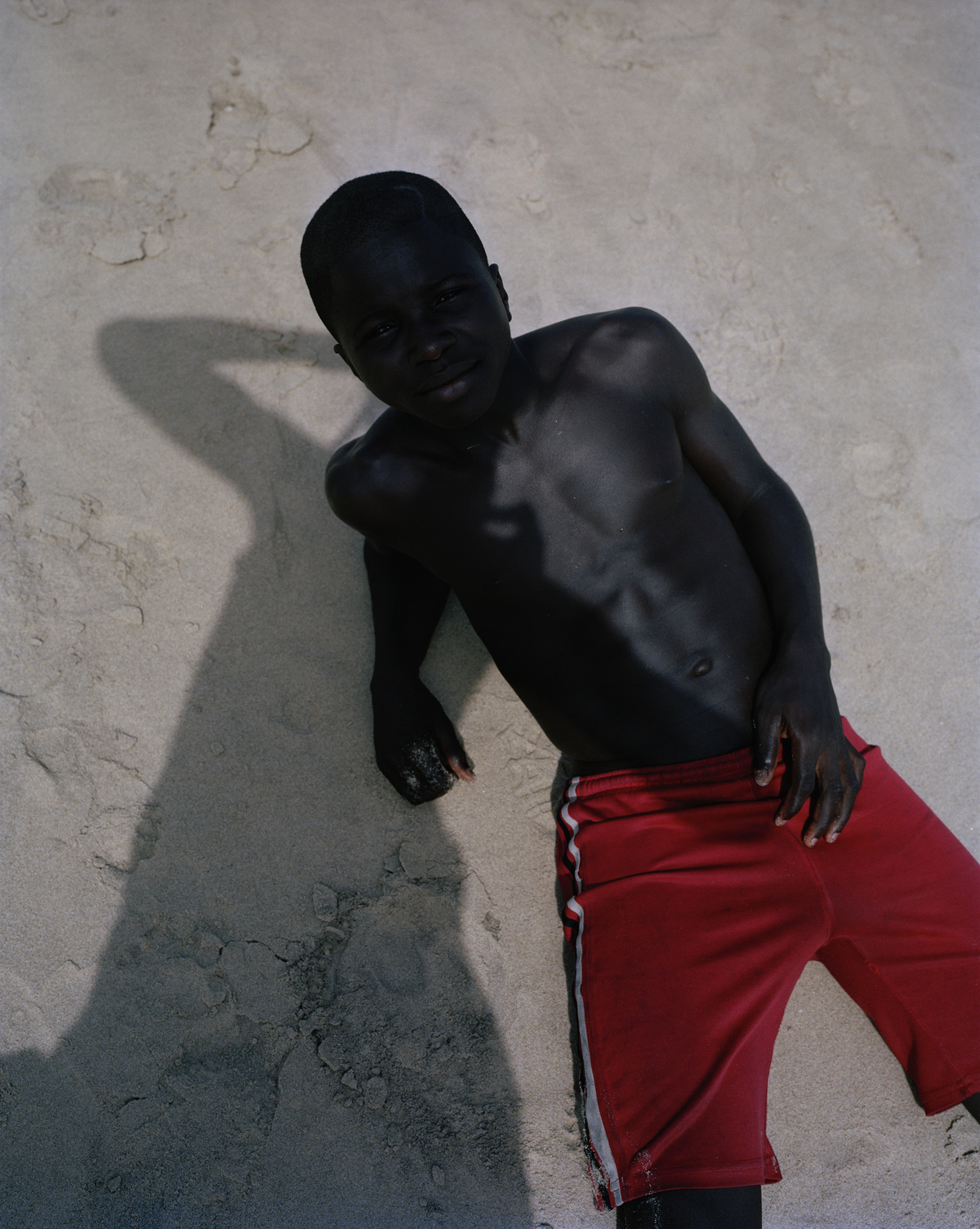
Do you think your success in both your personal and commissioned work comes from not being afraid to experiment?
Absolutely! I really think it helped that I took a long time to explore and investigate both before people knew my work and after. Experimenting is paramount. Some people just stick with what has success or what people like and are comfortable with you doing. I shoot a lot in Africa but I don’t want to be looked at as ‘that Africa photographer’. I’ve always been very driven but my drive doesn’t come from having success. Of course it’s great because it gives you so much energy, but it has never been my main goal to be in this museum or in that magazine. When I’m shooting I have tunnel vision. Time stops and I forget myself and my surroundings. I’m always excited to try new things.
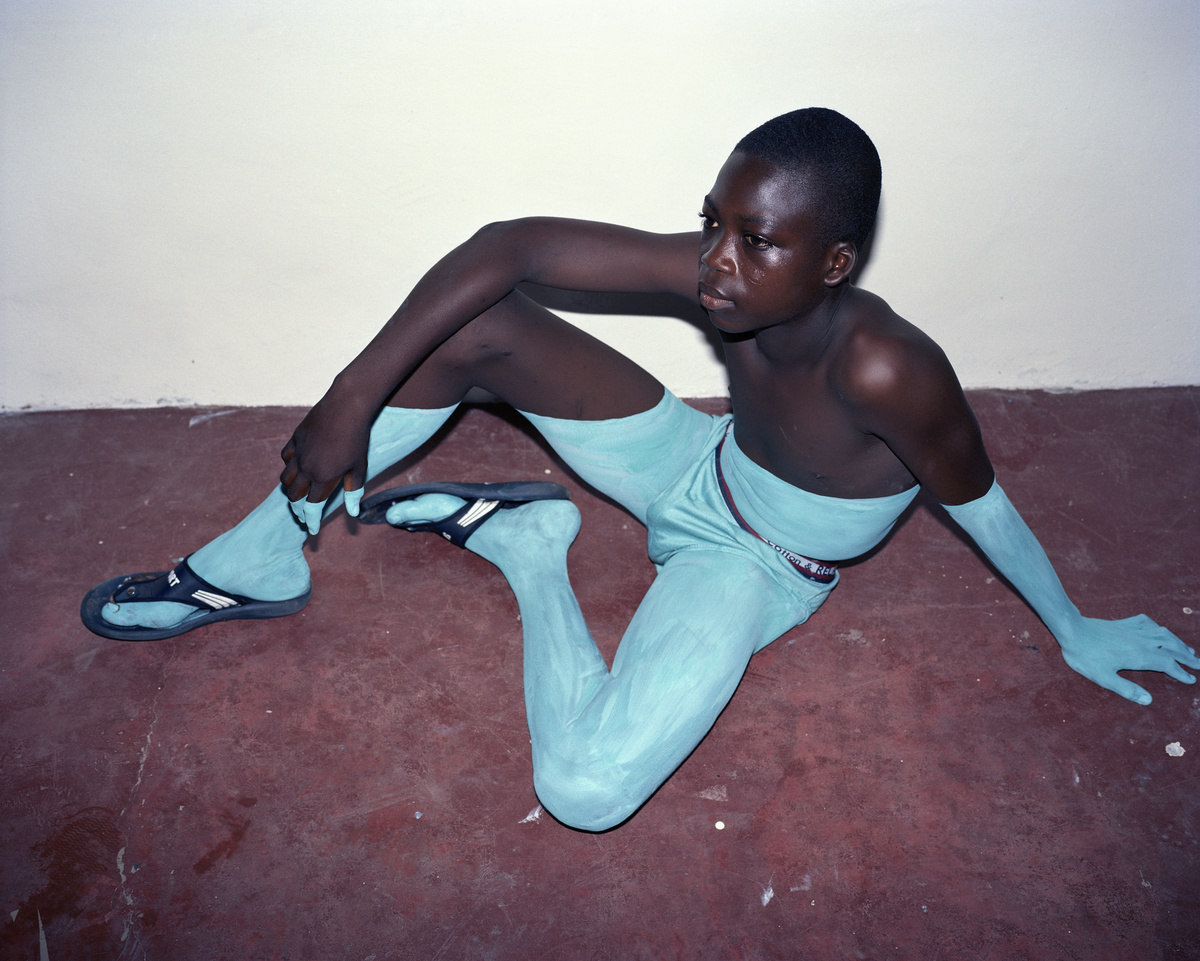
It can be so hard to shoot in Africa/Africans without producing images that are one dimensional and cliché. You have a very rare and unique approach and it often seems as though you use your subjects merely as props rather than the main focus as their faces are often covered. How did that theme develop throughout your work?
There are multiple answers to that, one of them is on a political level where I feel like black young women are under-exposed, in all media. I wanted to raise these questions in society, like “why am I not seeing her face?” but not in a very direct way. I also like to create that slightly perplexing feeling with my pictures and I think so much emotion can be shown through someone’s stature. When you see a face you can scan it once and immediately see their emotion and then it’s gone, so I always feel drawn to the pictures that I don’t fully understand myself. I love to work with girls who are not afraid of looking ‘ugly’ because then you can do something that is beyond the norm.
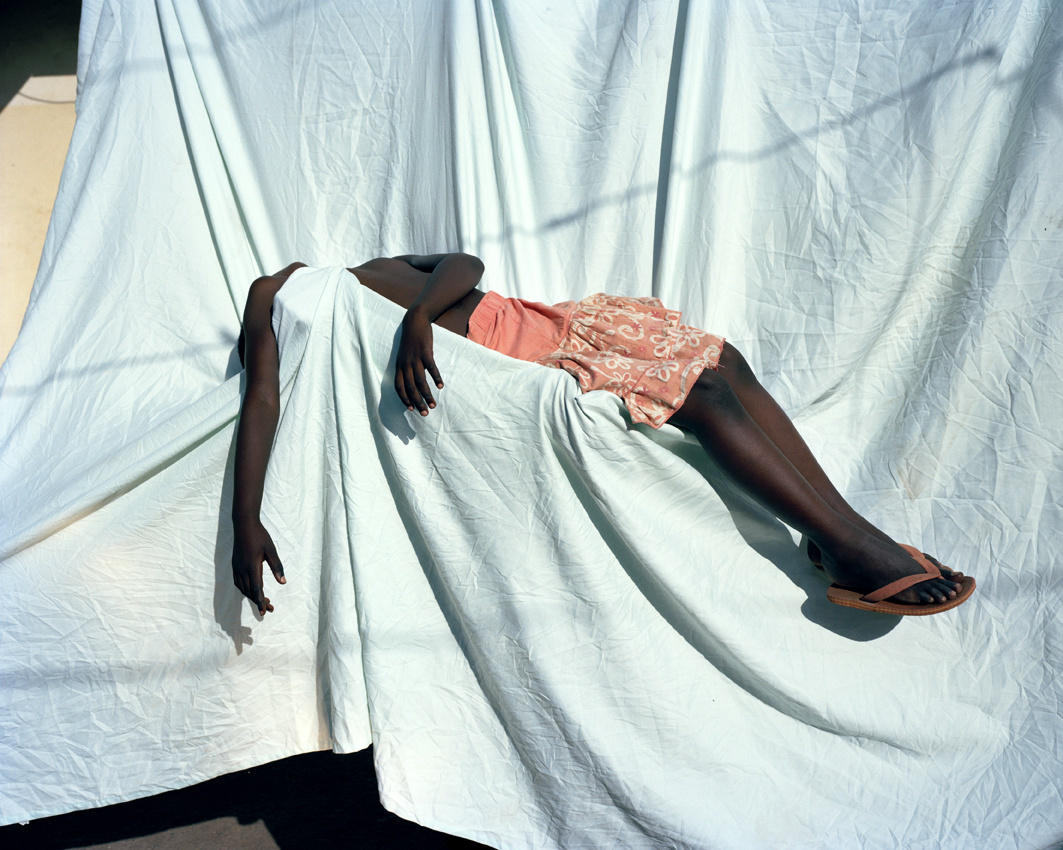

Credits
Text Zeyna Sy
Photography Viviane Sassen
